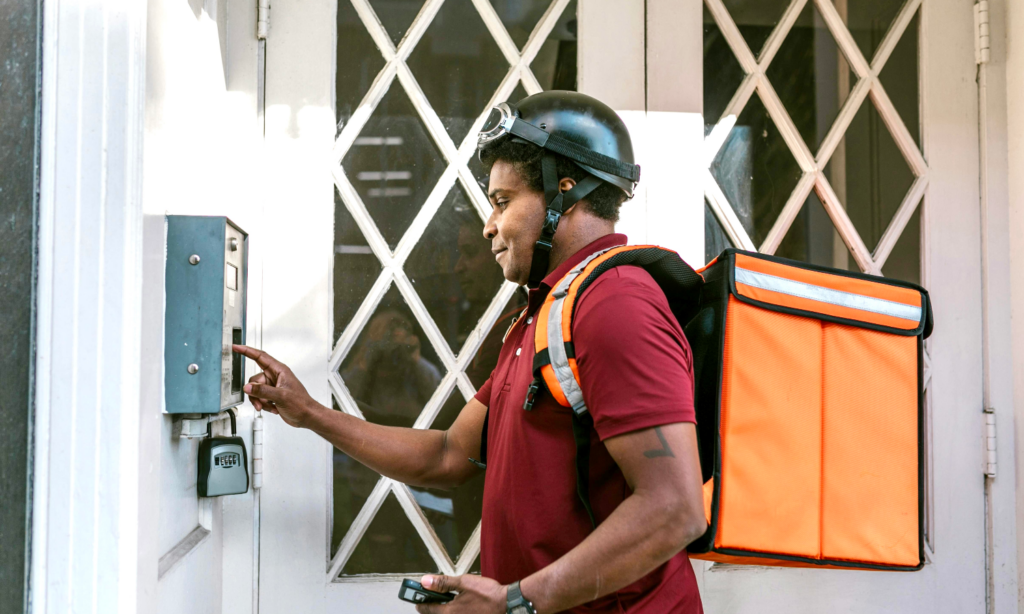1. Know what you may deduct and what you may’t
Deducting enterprise bills from self-employment earnings is each a profit and a curse. On the one hand, it’s a strategy to scale back taxes. Alternatively, you need to watch out to not deduct an expense that’s going to get a adverse response from the Canada Income Company (CRA), which administers federal tax legal guidelines and most provincial/territorial tax legal guidelines.
For instance, keep away from deducting clothes or gymnasium memberships, even in the event you really feel they’re important to your work. And punctiliously monitor the context of your meal deductions. For enterprise conferences, write down who you have been with and what you mentioned. For out-of-town enterprise/work journeys, document the place you have been, why and for a way lengthy. Additionally notice that solely 50% of eligible meal and leisure bills are tax-deductible.
2. Monitor your mileage
In case your work includes utilizing a car—be it a automobile, van, bicycle or e-bike—that you simply additionally use for private actions, you’ll have to hold monitor of your mileage for enterprise versus private functions.
You should use a paper logbook or an app that tracks your mileage utilizing GPS, which you’ll activate initially of your work time and switch off on the finish. Use this mileage to calculate the share of auto use that’s business-related, then multiply that share by the full value of working the car, together with gasoline, upkeep and repairs. For instance, in the event you put 10,000 kilometres on the car within the 12 months and seven,500 kilometres (75% of the full) have been for your online business, you may deduct 75% of the car’s working prices.

3. Have a system for holding receipts (and hold it easy)
Should you spend cash for work, similar to paying for gasoline, automobile upkeep, and many others., hold the receipts. These are proof of your “enterprise bills” for tax functions.
You don’t want a elaborate bookkeeping system, simply an simply accessible place to drop receipts as you obtain them—like a field for paper receipts and a folder in your laptop for digital receipts. The bottom line is to maintain your methodology constant, so you may monitor tax-deductible bills and discover receipts if the CRA asks to see them.
4. Cling on to your information for seven years
Receipts and invoices from distributors for your online business deductions are referred to as “supporting paperwork,” and you could hold them for seven years (or six years after you file a given 12 months’s tax return) in case the CRA asks to see them. It’s a good suggestion to maintain the folders for annually collectively, so you may simply return as much as seven years if the CRA asks for info. As soon as the tax return has been within the CRA’s fingers for six years, you may destroy the supporting paperwork for that 12 months.
5. Make copies of receipts that fade
Talking of seven years, one kind of supporting doc that won’t survive that lengthy is a receipt that fades. those: they’re printed on that shiny paper, and the print can begin to yellow earlier than you even get them out of your pocket and into your storage field. Should you’re ever audited, the CRA received’t look kindly on illegible or clean receipts.


